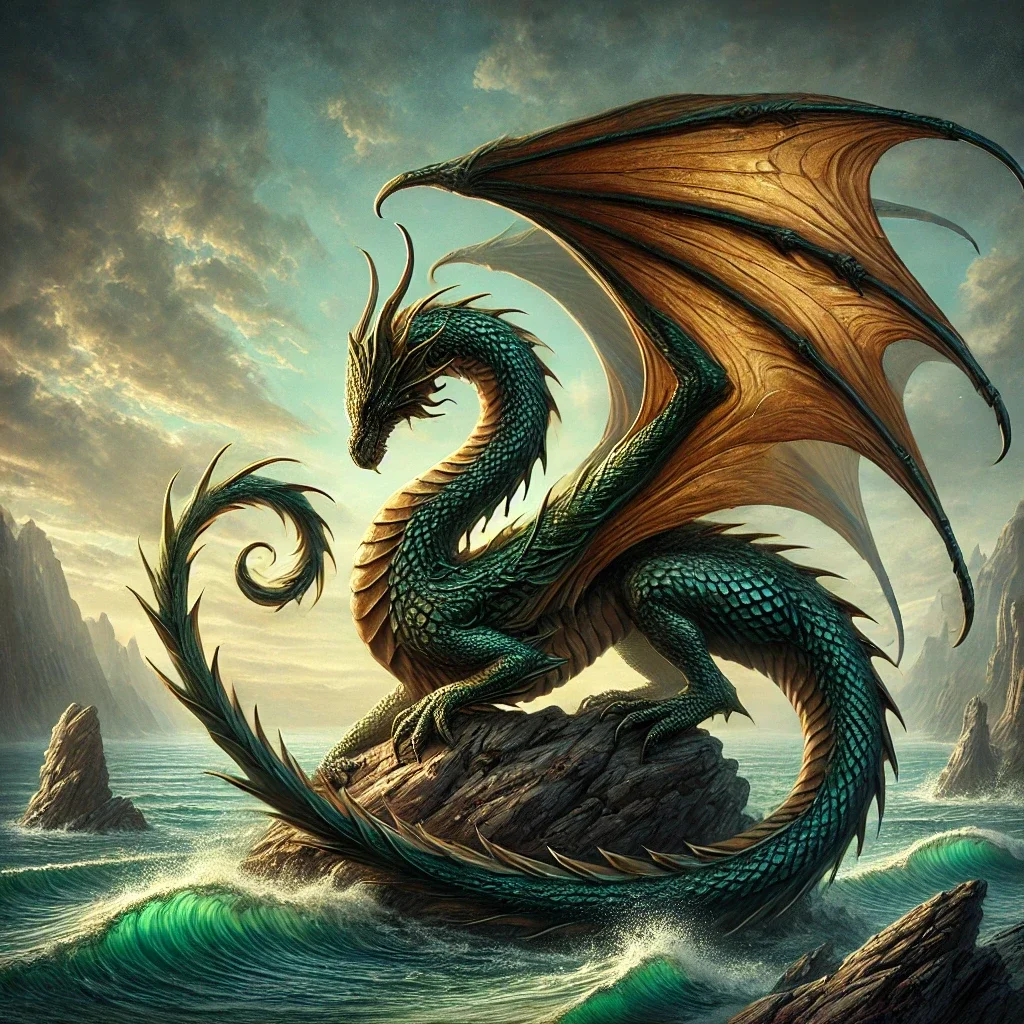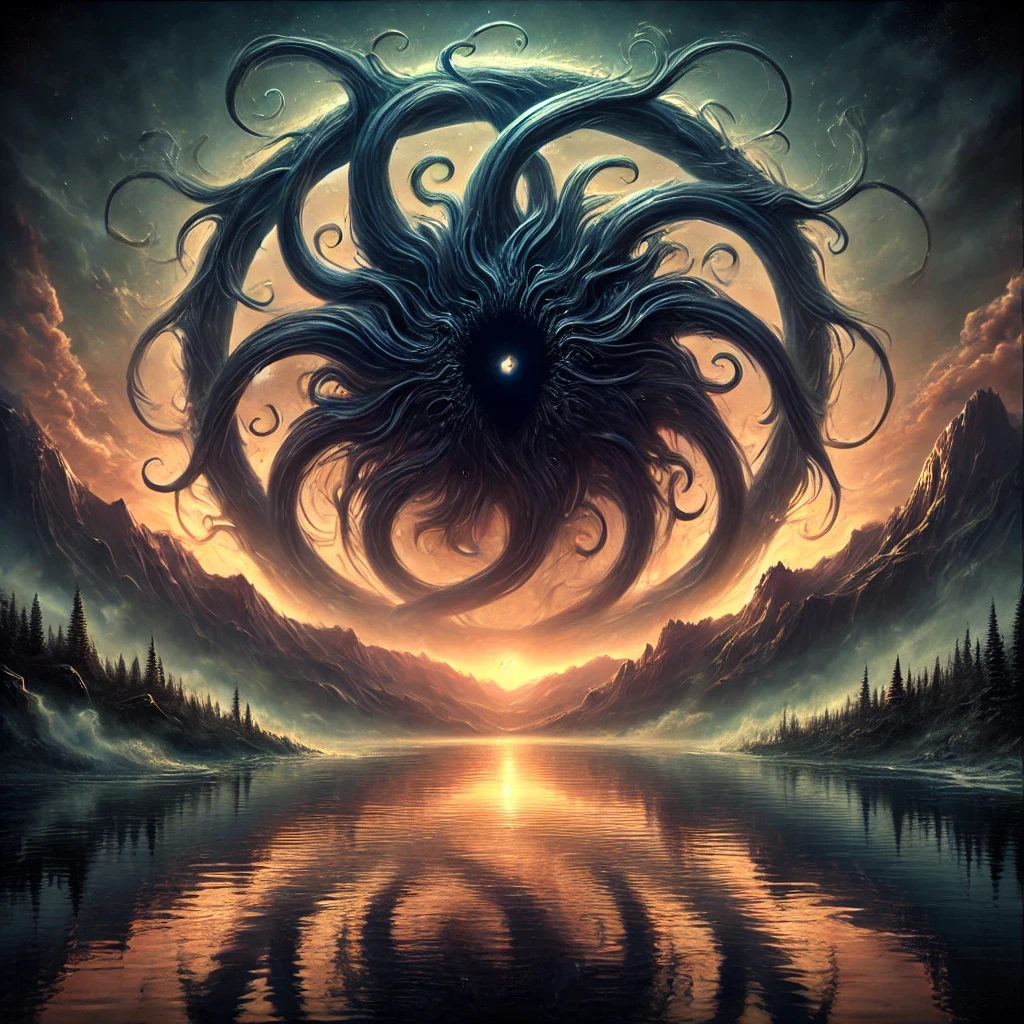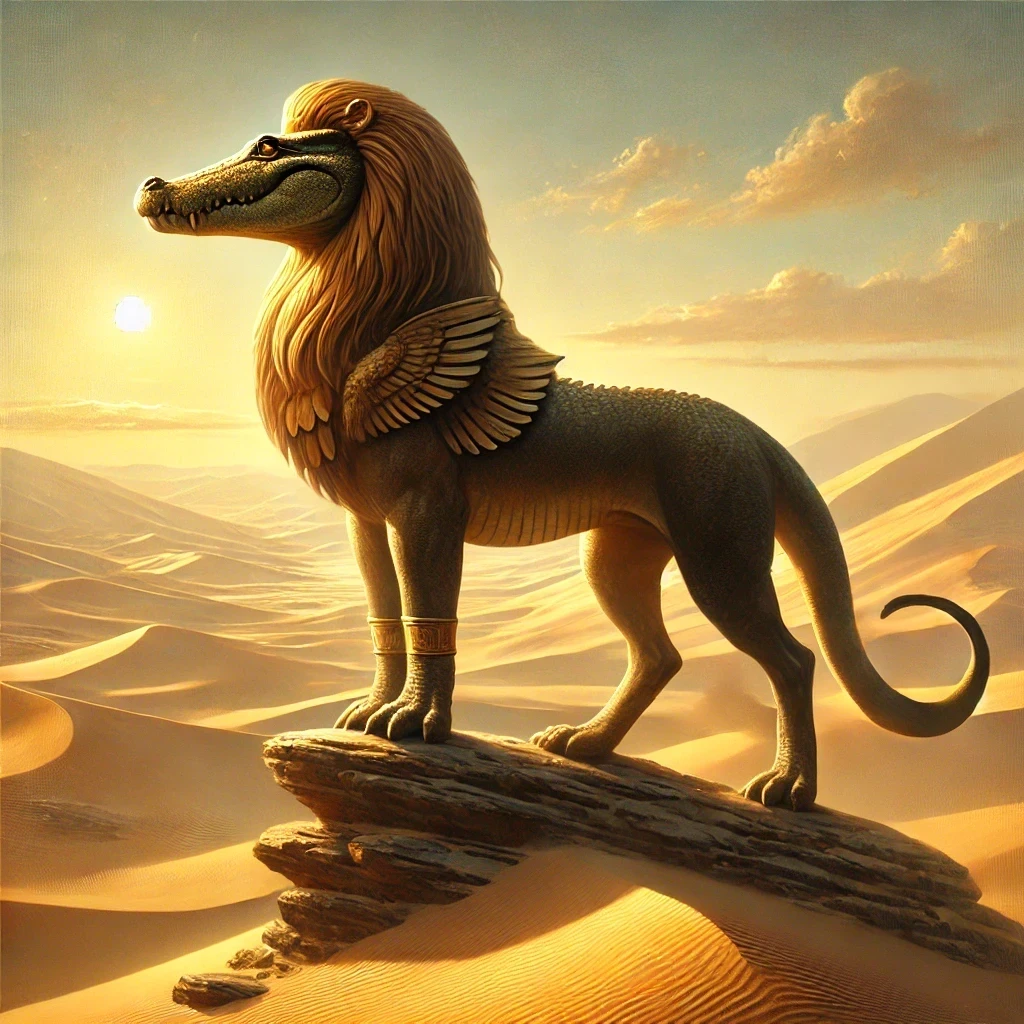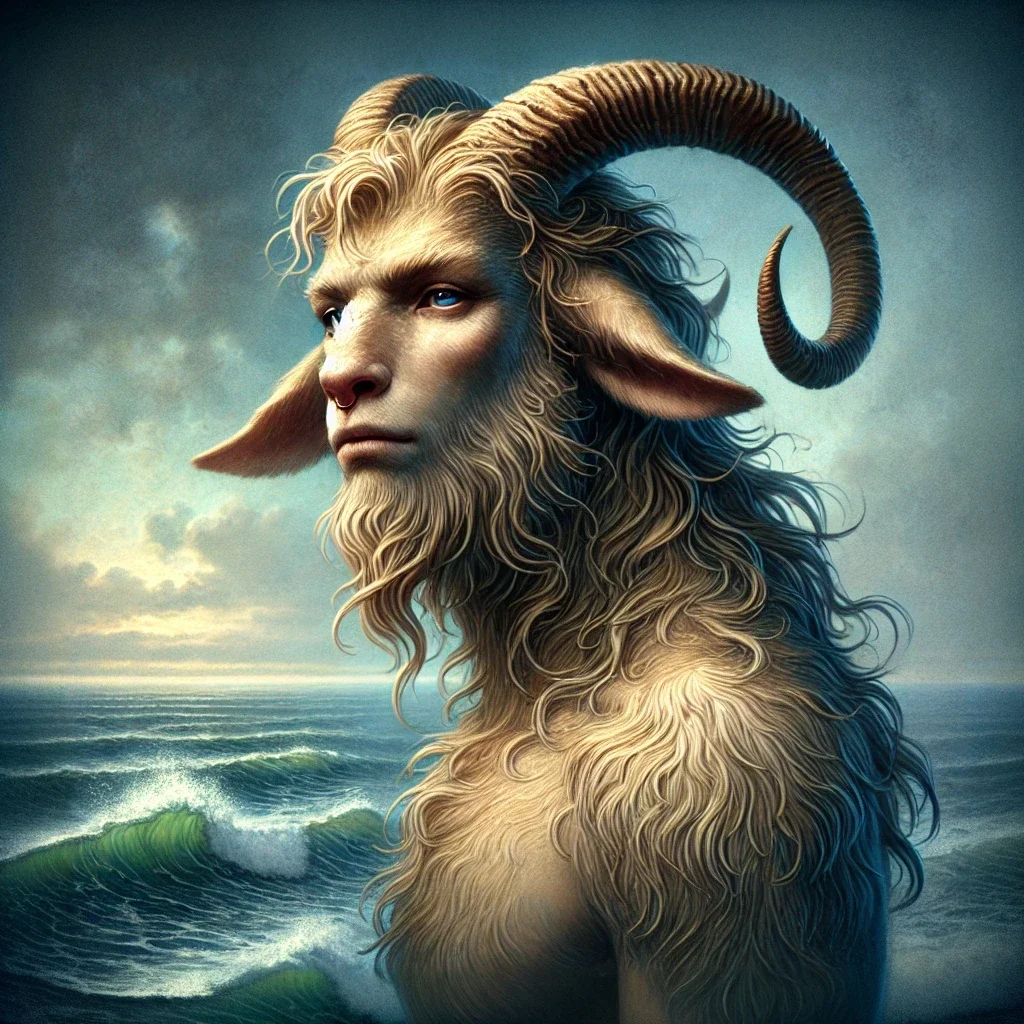Dragons are among the most iconic mythical creatures, appearing in legends across cultures and time periods. Known for their formidable size, majestic wings, and fiery breath, these awe-inspiring beings symbolize power, mystery, and magic. With roots in ancient mythology and a continued presence in modern storytelling, dragons have captivated human imagination for centuries.
Historical & Cultural Background
Dragons’ origins can be traced back thousands of years to ancient civilizations. In Greek mythology, dragons were depicted as fearsome, serpentine creatures that often served as guardians or adversaries to heroes. The word “drakon” itself derives from ancient Greek, meaning “to see clearly” or “serpent.”
Early References in Greek Mythology
In the earliest Greek myths, dragons were seen as symbols of chaos and natural power. One notable example is Ladon, a dragon tasked with guarding the golden apples in the Garden of the Hesperides. Heroes such as Heracles often encountered dragons as part of their trials, embodying the struggle to overcome insurmountable odds.
Evolution Across Cultures
While dragons originated in Greek stories, similar creatures appeared independently in other cultures. In the West, they were often malevolent, guarding treasure or terrorizing villages. In contrast, Eastern dragons, such as those in Chinese and Japanese folklore, were revered as benevolent, wise, and closely connected to natural elements like water and air.
Myths & Legends
Dragons play central roles in many Greek myths, often as adversaries to legendary heroes. Their stories reflect themes of bravery, wisdom, and the eternal battle between order and chaos.
Ladon and the Garden of the Hesperides
Ladon was a multi-headed dragon guarding the sacred golden apples of immortality. Heracles, as part of his Twelve Labors, sought to retrieve these apples. With the help of the titan Atlas, he succeeded in outsmarting and defeating Ladon.
The Hydra
Another famous dragon-like creature in Greek mythology is the Hydra, a serpentine monster with regenerative abilities. Each time a head was severed, two more would grow in its place. Heracles defeated the Hydra by cauterizing its necks to prevent regrowth.
Variations Across Regions
Beyond Greece, dragons were adapted into local folklore, blending with indigenous myths. For instance, in Norse mythology, the dragon Nidhogg gnaws at the roots of Yggdrasil, the World Tree, symbolizing destruction and renewal.
Symbolism & Meaning
Dragons hold multifaceted symbolism, varying greatly across cultures. In ancient Greece, they were often associated with guardianship and chaos. Their sheer size and power made them symbols of primal force and the unknown.
Symbolism in Greek Mythology
In Greek culture, dragons often represented formidable obstacles. Heroes who defeated dragons were seen as overcoming not only physical challenges but also their inner fears and doubts. These victories were symbolic of humanity’s triumph over nature and chaos.
Broader Cultural Interpretations
In the East, dragons are tied to prosperity, wisdom, and harmony with nature. They contrast sharply with their Western counterparts, which are frequently depicted as symbols of greed or destruction.
Associated Environments
Dragons are deeply tied to their mythical habitats, which often reflect their personalities and powers. In Greek mythology, they were frequently found guarding sacred locations or treasures.
Sacred Gardens and Rivers
Ladon’s home, the Garden of the Hesperides, was a lush, otherworldly place that symbolized divine bounty and immortality. Dragons were often depicted as protectors of such locations, emphasizing their role as keepers of the sacred.
Mountains and Caves
In Western traditions, dragons often lived in caves or atop mountains, symbolizing isolation and mystery. These habitats reflected their roles as hoarders of treasure and keepers of secrets.
Powers & Abilities
Dragons are renowned for their extraordinary abilities, making them both awe-inspiring and terrifying.
Offensive Capabilities
- Fire Breath: Greek dragons, like their Western counterparts, are often depicted as breathing fire, a symbol of destruction and purification.
- Venom: Some dragons, such as the Hydra, possessed deadly venom that could kill instantly.
Defensive Traits
- Impenetrable Scales: Many dragons were said to have near-invulnerable scales, requiring heroes to find clever ways to defeat them.
- Regeneration: The Hydra’s ability to regrow heads made it nearly impossible to kill without strategy and ingenuity.
Interactions with Humans & Cultural Impact
Throughout history, dragons have played significant roles in human storytelling and culture, symbolizing everything from danger to divine protection.
Greek Heroes and Dragons
Greek mythology is replete with tales of heroes battling dragons. These stories often represented humanity’s courage and ingenuity. For example, Perseus’s battle with the sea monster Cetus is another variation on the dragon-slaying theme.
Rituals and Festivals
Although less documented in Greek culture, other societies incorporated dragons into their rituals. In modern times, dragons are celebrated in festivals like the Chinese New Year, symbolizing good fortune.
Modern Pop Culture
Dragons remain iconic in contemporary storytelling, from Tolkien’s Smaug in The Hobbit to Daenerys’s dragons in Game of Thrones. These modern adaptations blend elements from various mythologies, ensuring their enduring appeal.
Connections to Other Creatures
Dragons often share traits or form relationships with other mythical beings, emphasizing their place within a larger mythological framework.
Serpentine Creatures
Dragons are closely related to serpents in Greek mythology. The Hydra, for instance, is often considered a dragon due to its serpentine form and magical abilities.
Divine Beasts
In some myths, dragons are portrayed as divine messengers or guardians. This role aligns them with creatures like griffins or phoenixes, which also serve as intermediaries between the mortal and divine realms.
Interesting Facts & Curiosities
- The word “dragon” derives from the Greek “drakon,” meaning serpent or large fish.
- In early Greek art, dragons were often depicted as large serpents rather than the winged creatures we imagine today.
- Ladon, the dragon of the Hesperides, had 100 heads according to some accounts.
- The Hydra’s blood was so toxic that it was used to poison Heracles’s arrows.
- Dragons in Eastern mythology are often associated with weather, such as rain and storms.
- Ancient Greeks sometimes linked dragons with constellations, such as Draco.
- In medieval Europe, the dragon-slaying motif often symbolized Christianity’s triumph over paganism.
- The ouroboros, a serpent eating its tail, is sometimes classified as a dragon in symbolic contexts.
- Dragons’ depictions vary widely, from serpent-like forms in Greece to massive, winged reptiles in medieval Europe.



